Search Results for: binding wire
Binding wire, or rebar tie wire, is a metal wire used to bundle, tie, or connect various objects. It is usually made of steel wire or other metal materials and has good strength and toughness. In construction projects, the binding of steel bars is an important link, which is essential to ensure the strength and stability of the structure.
What types of binding wire are there?
According to the different materials and surface treatments, the binding wire can be divided into many types, such as Galvanized Wire, Black Annealed Wire, Stainless Steel Wire, etc. Different types of binding wire have different corrosion resistance and strength characteristics.
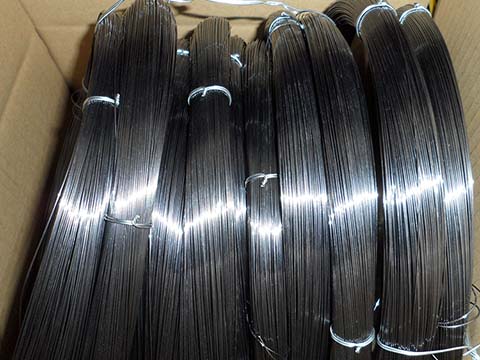
Annealed Binding Wire
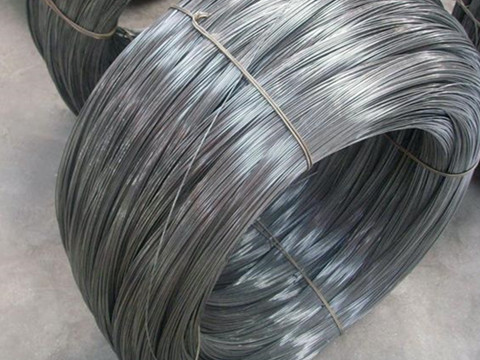
High Quality Low Carbon Iron Wire
What are the common specifications of binding wires?
The specifications of binding wire are usually expressed in terms of diameter (such as Bwg 12, Bwg 18, etc.) and length (such as the length of each roll). Binding wires of different specifications are suitable for different application scenarios and bundling requirements. For more information about the surface treatment, shape classification, and common wire diameters, please refer to What Is Binding Wire?
How much binding wire is required for 1 ton steel?
This depends on the following five factors.
1. The diameter of the steel bar.
2. C/C distance between steel bars.
3. Specification of the binding wire used.
4. Single or double cross binding.
5. Loss rate (%) – related to effective supervision
A practical example: It takes nearly 12 kg of wire to tie one ton of 8mm diameter steel bars, while it takes nearly 7 kg of wire to tie one ton of 28mm or 32mm diameter steel bars. The larger the diameter of the steel bar, the less wire is needed. You can purchase according to your needs, about 9 to 13 kg of wire per ton.
Besides, if too much wire is used, it will increase the static load and waste unnecessary time and cost.
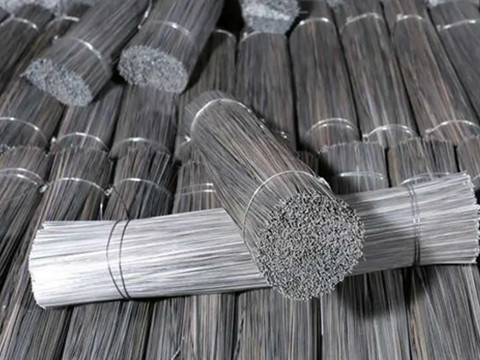
Galvanized Cut Wire for Sale

wire of stainless steel
How to calculate binding wire required for 1 ton steel?
Since the number of binding wires is affected by the above five factors, there is no specific formula for calculation, but there is a simplified calculation method to estimate the approximate number of binding wires:
1. Determine the specifications and quantity of steel bars
For example, for HRB400 steel bars with a diameter of 12mm, calculate the total length of one ton of steel bars based on their density and specifications.
2. Estimate the number of binding points
Then, estimate the number of binding points required per meter of steel bars based on the layout of the steel bars and the binding requirements.
3. Calculate the length of the required binding wire
Assuming that each binding point requires 20cm of wire, multiply the number of binding points per meter of steel bars by 0.2m and the total length of steel bars to obtain the total length of the required binding wire.
4. Consider loss and margin
In actual construction, due to improper operation, cutting loss, and other reasons, the amount of binding wire used will be slightly higher than the theoretically calculated value. Therefore, it needs to be taken into account when calculating.
5. Convert to weight
At last, convert the calculated total length to weight based on the binding wire specifications (diameter) and density.
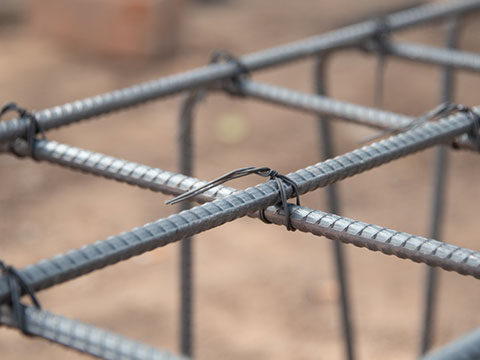
Fixed Rebar
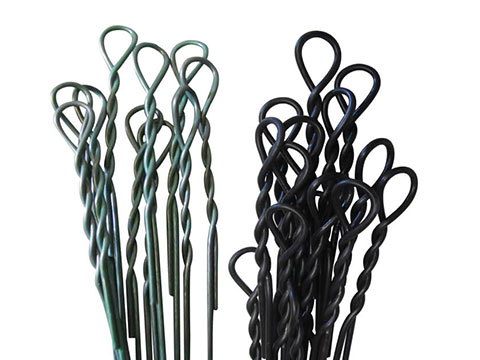
Rebar Tie Wire
What is the formula for calculating the number of binding points?
This is still not a fixed mathematical expression, it is highly dependent on the specific engineering design and construction requirements. Based on engineering experience, a simplified calculation idea is summarized:
1. Determine the layout of the steel reinforcement bars: such as grid, radial, parallel, etc.
2. Estimate the number of intersections: If the steel bars are arranged in a grid, then the number of intersections is the number of intersections of the grid. Other layouts depend on the specific situation
3. Consider corner points and connection points: In addition to intersections, it is also necessary to consider the binding points of the steel bars at corners and at the connection with other components (such as beams and columns).
4. Estimate the binding density: The binding density refers to the number of binding points per unit length. It is usually determined by engineering requirements and construction specifications. Assumptions can estimate the binding density.
Comprehensive calculation: Add the number of intersections, corner points, connection points, and the estimated value based on the binding density to get the total number of binding points.
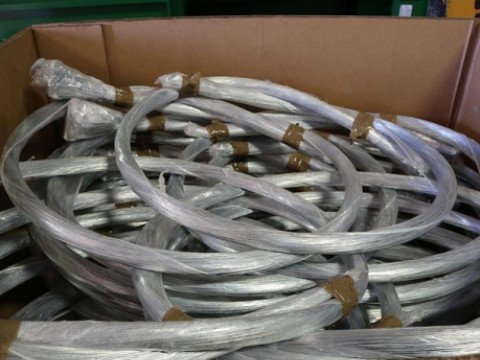
Tie Wire in Factory
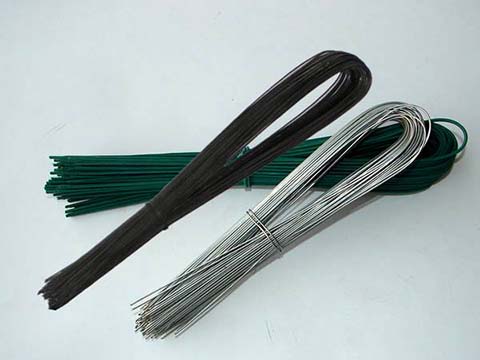
PVC U-type Binding Wires
Features and advantages of Binding wire
1. High strength: High tensile strength, not easy to break when subjected to large external forces.
2. Corrosion resistance: Galvanized or PVC-coated binding wires are more corrosion-resistant and not easily damaged in humid environments.
3. Easy to operate: Binding and connection can be done manually or mechanically.
4. Economical: Low price, high-cost performance.
Where are Binding wires generally used?
1. In family life, binding wire is often used to bundle items;
2. In the fields of industry and construction, it is used to bundle and connect various metal structures, such as steel skeletons, pipes, etc.
3. In addition, binding wire can also be used to make structures such as fences and cages, and as electrical grounding wires.
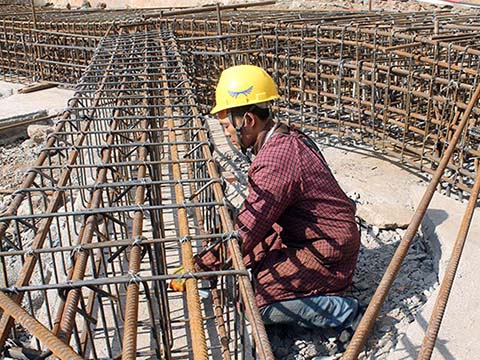
Rebar tie Wire in Construction
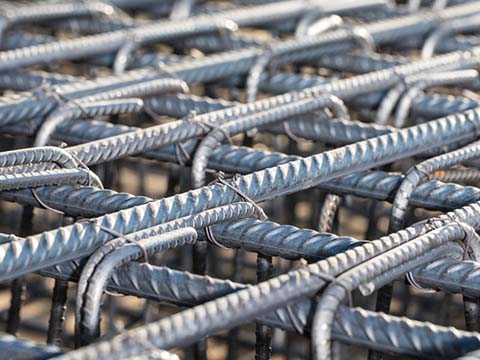
Reinforcement Binding Wire
Where to buy binding wire — Wanzhi Steel
Wanzhi Steel is China’s professional supplier of binding wire, not only providing customized solutions and accepting specified packing methods but also has been exported to many countries with strict quality control. Our original intention is to produce superior quality products for our customers. If you want to buy in bulk, we will offer a factory direct price.
My WhatsApp: +86 13938459717 (–Click to chat with me–)






